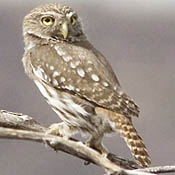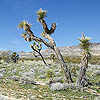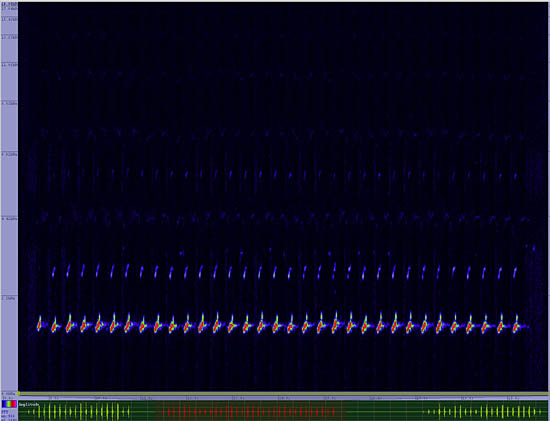Ferruginous Pygmy-Owl
Glaucidium brasilianus

Owls

Length: 7 in. (17 cm )
Primarily active during the daytime, this tiny owl hunts for large insects, lizards, small birds and mammals from open perches in lower deserts and riparian areas. The nest is in a tree cavity or abandoned woodpecker hole. The population in Arizona is estimated to have no more than 30 individuals. These owls, their habitat and nests should not be disturbed for any reason. The south Texas population as well as those in Mexico and south into Brazil are apparently more secure.
The four-digit banding code is FEPO.
Bibliographic details:
- Article: Ferruginous Pygmy-Owl
- Author(s): Dr. Biology
- Publisher: Arizona State University School of Life Sciences Ask A Biologist
- Site name: ASU - Ask A Biologist
- Date published:
- Date accessed:
- Link: https://askabiologist.asu.edu/activities/bird/ferruginous-pygmy-owl
APA Style
Dr. Biology. (). Ferruginous Pygmy-Owl. ASU - Ask A Biologist. Retrieved from https://askabiologist.asu.edu/activities/bird/ferruginous-pygmy-owl
Chicago Manual of Style
Dr. Biology. "Ferruginous Pygmy-Owl". ASU - Ask A Biologist. . https://askabiologist.asu.edu/activities/bird/ferruginous-pygmy-owl
Dr. Biology. "Ferruginous Pygmy-Owl". ASU - Ask A Biologist. . ASU - Ask A Biologist, Web. https://askabiologist.asu.edu/activities/bird/ferruginous-pygmy-owl
MLA 2017 Style
Be Part of
Ask A Biologist
By volunteering, or simply sending us feedback on the site. Scientists, teachers, writers, illustrators, and translators are all important to the program. If you are interested in helping with the website we have a Volunteers page to get the process started.






